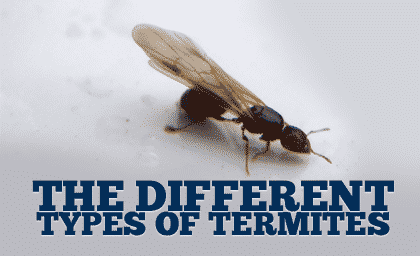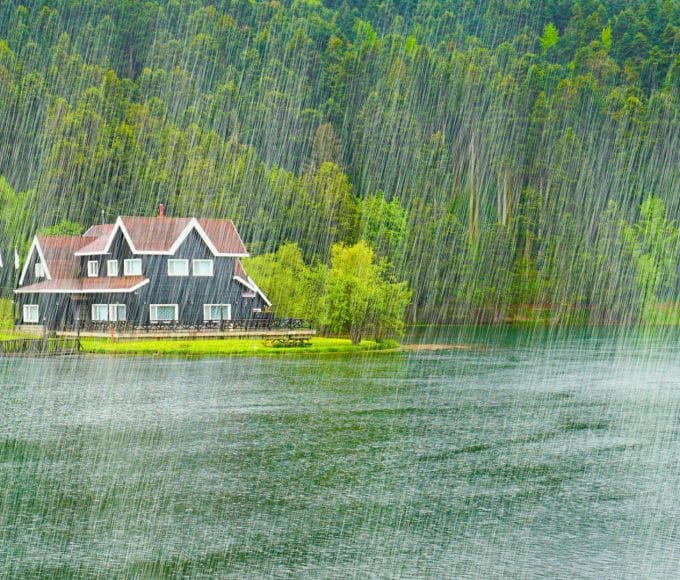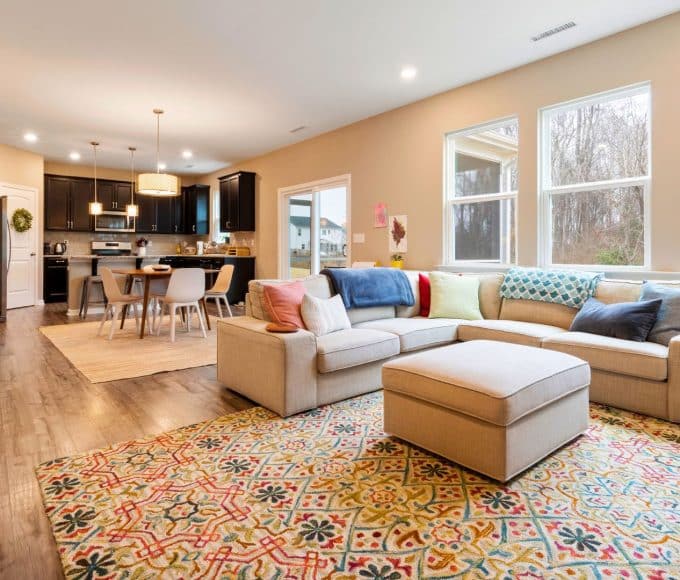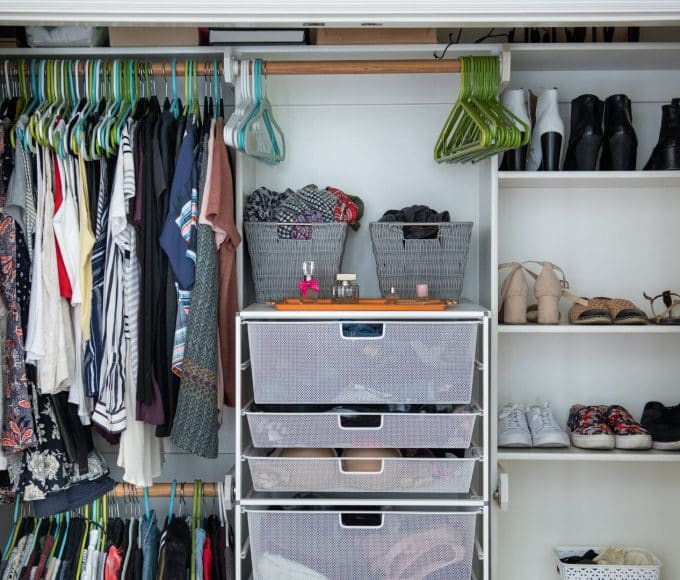Termites are often called „silent destroyers” because by the time you find out they have taken shelter in your home, they are probably already thriving. It is common knowledge that wooden homes are perfect environments for termites. Nevertheless, this isn’t entirely true. All houses can provide cellulose food for termites to some extent, and this means that all homes are at risk.
These little insects are also nature’s helpers, because they feed on dead plants and trees, as well as dead parts of a living tree. In other words, every structural wooden beam you have in your house is considered food. Moreover, there are many types of of termites, which have different habits and hierarchy. Before you think about the termite inspection cost, take some time to learn about these fascinating creatures.
1. Formosan Termites
Formosan termites are feared by everyone because they are the largest most productive species of termites. They can live in colonies of up to 10.000 individuals, divided in workers, soldiers and reproductives. They are truly a destructive force of nature, because they can chew their way through almost any structure.
2. Dampwood Termites
Dampwood termites are larger than other termites. Although they are organized in colonies, they have no workers. Usually, the younger termites which are also known as „false workers” do all the work in the colony. They prefer wet areas, and they feast on moist wood. If you have plumbing problems, or your house is very old, you might encounter this species.
3. Drywood Termites
Drywood termites are a lot like damp-wood ones, with the main difference that thy have a light brown color instead of darkish brown. These six-legged critters eat just about anything from plastics and fabrics made from plants, to paper and wood. They are probably the most common termites because they do not require moisture, and they can also destroy wooden support beams quickly.
4. Subterranean Termites
Subterranean termites are probably the most fascinating species of termites. They have a creamy brown color, they are very small and they can live in colonies of up to 2 million members. Wood, plastics, fabrics made from plants and wallpaper are all on the menu for these pesky little insects. Nevertheless, they are quite fragile, and require contact with the soil in order to survive. I advise you to be very careful with subterranean termites, because they can eat away your foundations, insulation, sub-flooring, even pool filters in a matter of weeks.














